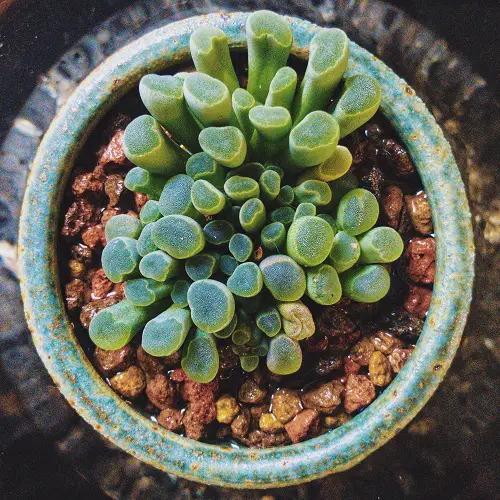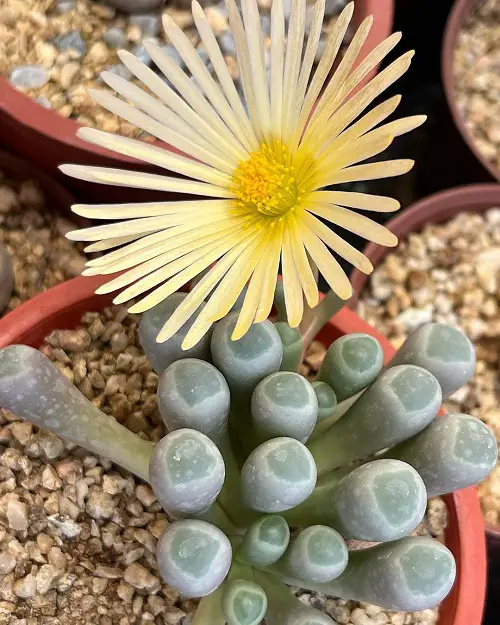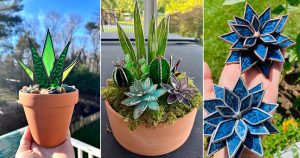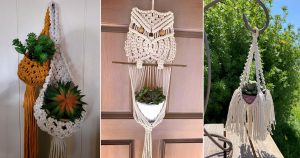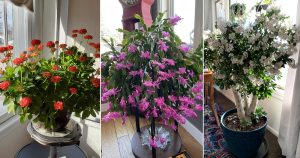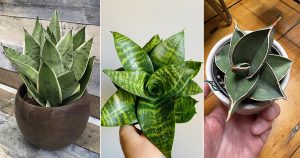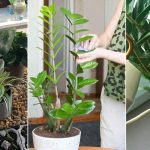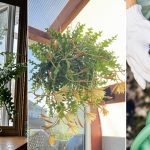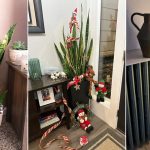If you love small but unique plants, crystal clear succulents that look transparent and rare are a great fit!
You will be amazed to see that these rare and transparent beauties can add a beautiful look to your space. The plants mentioned in the list below are not only eye-catching but also easy to maintain. Check out these crystal clear succulents!
Succulents that Look Like Crystals
1. Haworthia cooperi
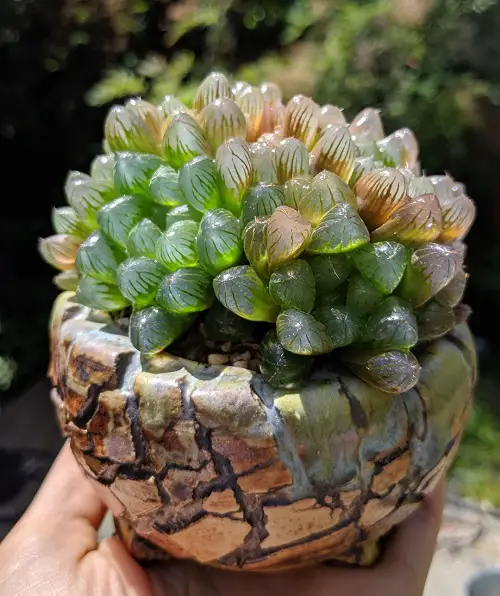
Cooper’s Haworthias are like mini marvels that fit perfectly in 3 to 5-inch pots. Unlike some plants, they don’t need to go outside in summer or hibernate in winter. These little succulents are winter growers and can handle different soil types and watering schedules. They bloom easily, showing off cute whitish flowers on tall stems that peek out above their compact bodies.
But what really makes haworthias stand out are their looks. They come in all sorts of cool shapes and patterns, from tightly wound triangles to clusters that look like tiny, see-through grapes. And the colors! You’ll find them in bright yellows, deep browns, soft lime greens, and rich blues.
2. Haworthia obtusa
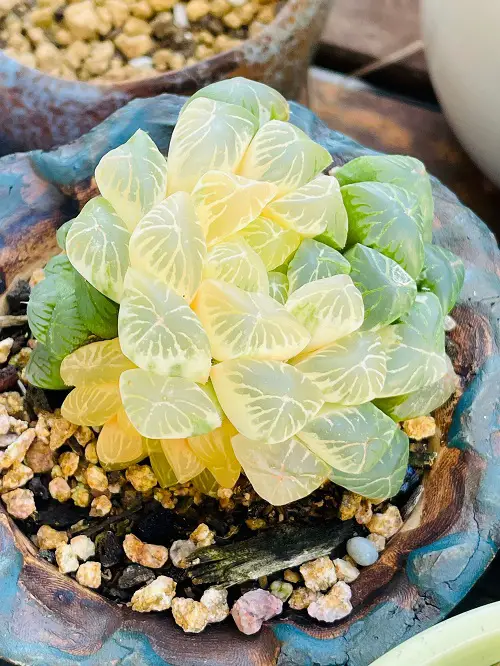
Haworthia obtusa is a stunning succulent with flat, fan-like leaves that feature clear, glass-like windows on top. The mix of green and see-through parts makes this plant more crystal clear, and it is safe around people and pets.
What’s really neat about Haworthia obtusa is how it collects solar light through its “windows.” Inspired by this, scientists developed a new lighting system that mimics how this plant gathers light. Using a special material, this system captures sunlight and channels it through fibers to illuminate indoor spaces, a clever way to save energy!
3. Haworthia mutica
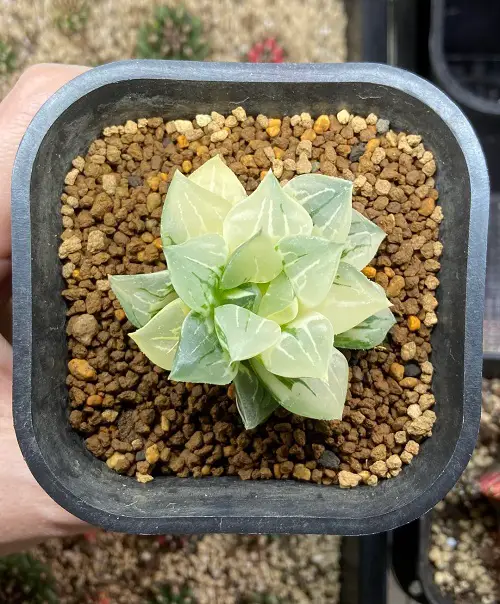
Haworthia mutica is a charming small succulent with green, striped leaves that have flat tops. Each leaf features “windows” that let sunlight into the plant, same as the varieties we already discussed above. It’s a slow grower but perfect for beginners. When happily stressed, the leaves can turn a beautiful orange.
Native to South Africa’s Cape Province, Haworthia mutica looks quite similar to other types like Haworthia retusa, often causing some confusion. Its triangular-shaped leaves usually have stripes, adding to its different appearance. In the wild, it rarely produces offsets, but cultivated clones might do so more easily.
4. Haworthia magnifica var. atrofusca
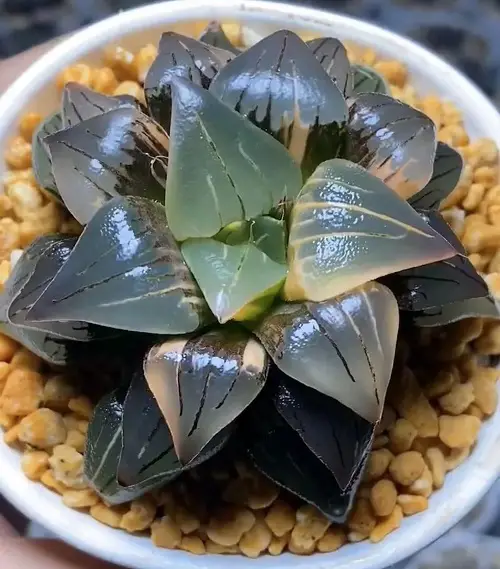
Haworthia Atrofusca Mutant is a really cool succulent that looks a bit like a watermelon. Its leaves are fleshy and have interesting patterns and colors. What’s even more special about this plant are the tips of its leaves, which are a bit see-through. This helps the plant do photosynthesis even in low light.
The leaves are shaped like little cones, adding to its charm. To enjoy this plant the most, place it on a windowsill where the sunlight can shine through those clear tips. It’s a beautiful sight as the light passes through and highlights the plant’s unique features.
Caring Tips for Haworthia Succulents: cooperi, obtusa, mutica and magnifica!
Caring for Haworthia succulents is easy and rewarding. These plants are great for both beginners and experienced gardeners.
First, place your Haworthias in bright, indirect light. Direct sunlight can scorch their leaves, so a spot with filtered light is best. They thrive in well-draining soil, like a cactus or succulent mix, and their pots should have drainage holes to prevent water from sitting at the roots.
Watering is simple. Allow the soil to dry out completely between waterings, and water less in winter. Overwatering is a common mistake, so it’s better to be cautious. Haworthias prefer room temperatures between 75-90°F (24-32°C) and should be kept away from frost and cold drafts.
Note: If you notice the leaves becoming mushy or discolored, it might be a sign of overwatering. Always ensure the soil is dry before watering again.
Fertilizing isn’t often necessary, but you can use a diluted succulent fertilizer every 4-6 weeks during the growing season from spring to fall. Keep the humidity low, as high humidity can be harmful.
5. Frithia pulchra
Fairy Elephant’s Feet is a small, flowering succulent from South Africa’s dry Gauteng Province. It grows about 3-4 inches tall and 7-8 inches wide, with thick, stemless leaves that have clear “windows” at the tips. In winter, it blooms in magenta or white.
To thrive, Fairy Elephant’s Feet needs protection from frost and extreme temperatures. Many growers keep it under glass for this reason. Plant it in pots with good drainage and rich, composted soil, avoiding large pots. Feed every 2-3 weeks with a liquid low-nitrogen fertilizer and water regularly, except in winter when it should be kept dry.
6. Senecio rowleyanus
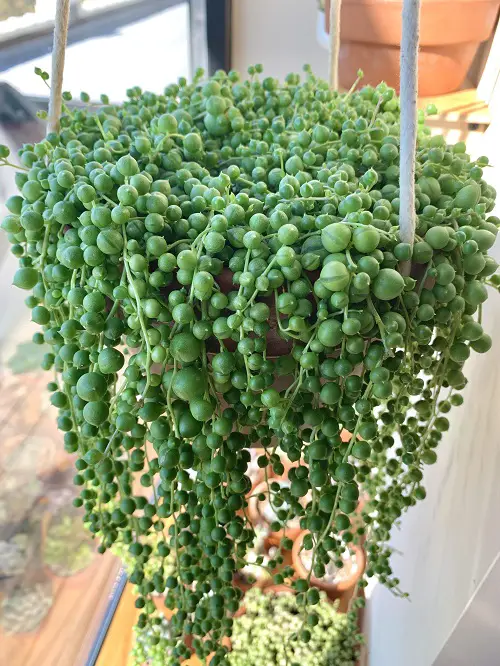
String of Pearls is a adorable succulent that looks like green beads or tiny pearls. It’s perfect for hanging baskets because its long stems can hang down like a waterfall of green crystals. You can also grow it in a dish where it can trail over the edges. It’s great as a houseplant or in outdoor areas where it doesn’t freeze.
This plant is pretty low maintenance but watch out for pests like mealybugs or aphids. Plus, be careful with the leaves as they are slightly toxic and can cause skin irritation.
Note: If you move the plant outside for the growing season, do it gradually to prevent sunburn and protect it from heavy rain. Always bring it back indoors before frost hits.
7. Fenestraria rhopalophylla
Baby toes succulents are easy to care for. They have unique leaves with see-through tips at the rounded ends, giving them a distinctive look. In the hot summer, the plant goes dormant, stops growing, and its leaves dry up and shrink, leaving a thin layer of dry skin.
When cooler weather arrives, new leaves sprout from inside the old ones, breaking through the dried skin. The old leaves fall off, revealing fresh new growth, and this fascinating cycle continues as the plant thrives.
Note: Don’t worry if the plant looks a bit dry in the summer. This is normal, and it will bounce back with new growth when the weather cools down!


